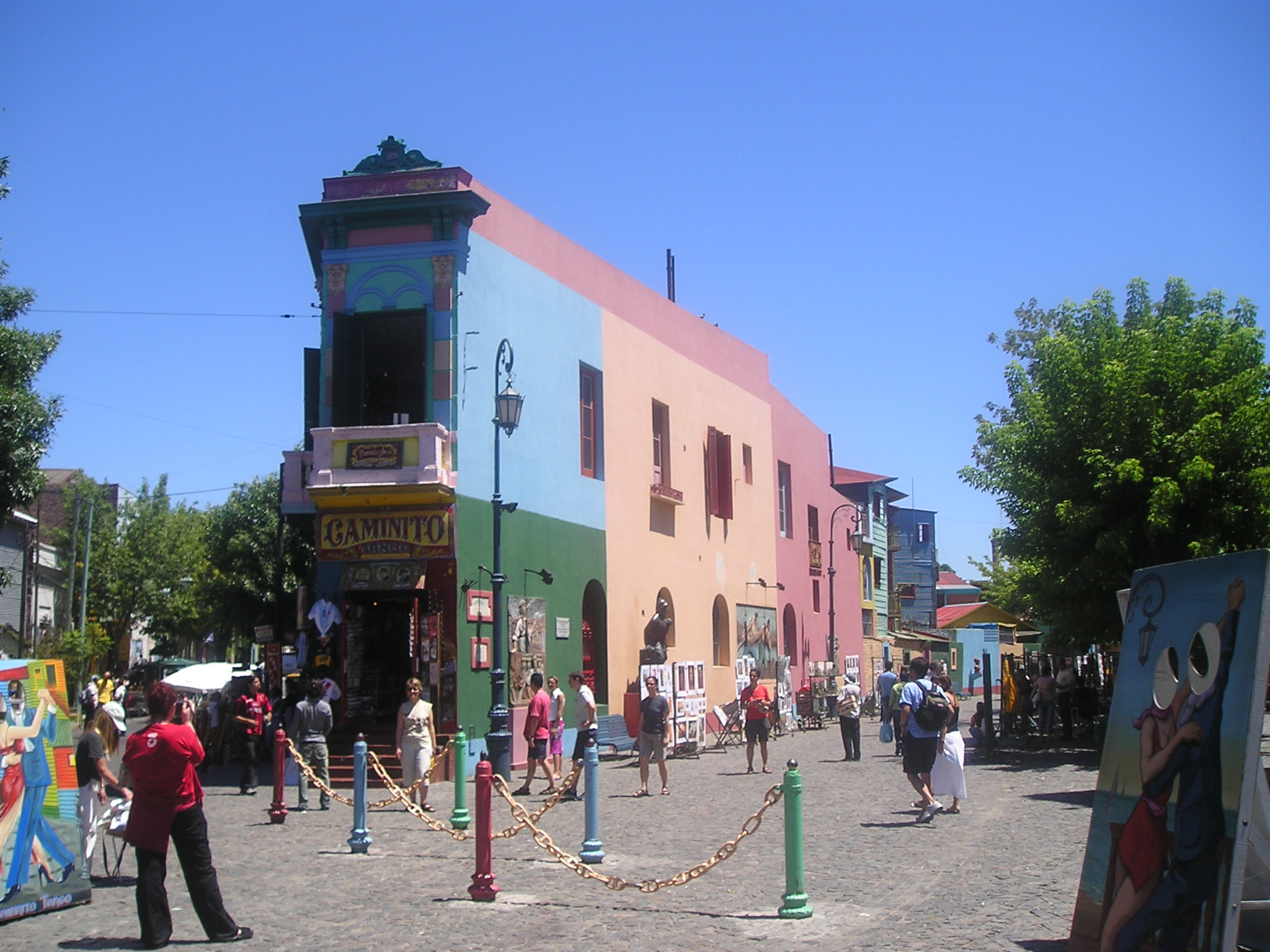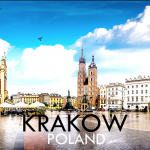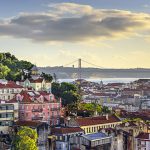Buenos Aires
is the capital and biggest city of Argentina. It is a multicultural place, being home to different ethnic and religious movements. This is a top tourist destination, being known for its preserved eclectic European architecture and rich cultural life. Sometimes referred to as the “Paris of South America”.
The most popular tourist neighborhoods are found in the historic core of the city, named Montserrat and San Telmo. There’s tons of antiques, artwork and other treasures along the pedestrian street of Defensa.
If you are looking for an original souvenir, it’s the perfect place to get one that dates back to the golden age of Buenos Aires. To see tango artists dancing in the street, hit up to La Boca neighborhood during the day for great photographs to the famed colorful Caminito street filled with artists, and La Bombonera, the stadium of the world-renowned Boca Juniors fútbol club and its insane fanbase.
Puerto Madero, the neighborhood situated along the river, is a modern cosmopolitan place worth a stroll. Be sure to traverse the iconic Puente de la Mujer (“Bridge of the Woman”) and take note that all of the streets in this barrio are named after women. You can also explore two ships turned naval museums – the Sarmiento and Uruguay. Or you can head to the Reserva Ecológica if you want to breathe some pure air and have a sight of the Atlantic Ocean. Here, you’ll be able to walk along or ride by bike to see a bit of wildlife on this greener edge of the city.
Argentine designers ply their wares at Plaza Serrano’s fair and the Artesanal Fair of Palermo Viejo. You can find goods like unique jewelry, discounted clothing, and quirky accessories. Make sure to check out the independent vendors that sell their stuff at pop-up shops in the stores around Plaza Serrano.
If you feel like getting out of the city, take the train to Tigre to explore the Delta for the day. The best day to visit is Sunday when you can check out the city’s Puerto de Frutos, a large market with crafts, foods, and handcrafted furniture. There’s also an artist’s market on the main dock, a park, and a few museums. It’s easy to take a boat tour, rent a kayak, or grab a ferry to some of the waterfront restaurants and clubs while you’re there.
Beef and barbecue (known as an “asado”) is a huge part of Argentine culture. Enjoy some of their high-quality meats and their local red wine. Some of the great steak establishments in the city are Don Julio and La Cabrera, but there’s the ever-popular Cabana Las Lilas.
The most famous Argentine snack, called “empanadas” come in many forms and they’re sold everywhere from the casual street kiosko to bus stations to bakeries to actual sit-down restaurants. Some of the best places are Guerin at Av. Corrientes near Obelisco and La cocina at Recoleta.
The underground dining and drinking places in Buenos Aires is becoming a must. These “closed door” restaurants offer an intimate dining experience to guests and have a limited number of seatings available. They provide a dinner party atmosphere – you might be seated with strangers around a communal table. Casa Saltshaker and Casa Felix are two of the most well-known “closed door” restaurants in the city.
The city has the busiest live theatre industry in Latin America. Teatro Colón, an internationally rated opera house is famous for having the best acoustic after Scala di Milano. The city has numerous museums related to history, fine arts, modern arts, decorative arts, popular arts, sacred art, arts and crafts, theatre and popular music. We recommend Museo Nacional de Bellas Artes, MALBA, Museo Evita, MACBA, MAMBA, Palacio Noel and Museo de Arte Decorativo.





